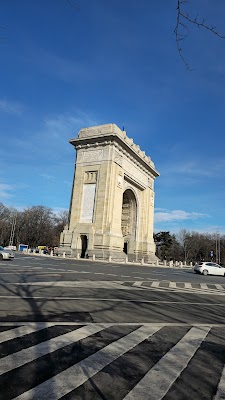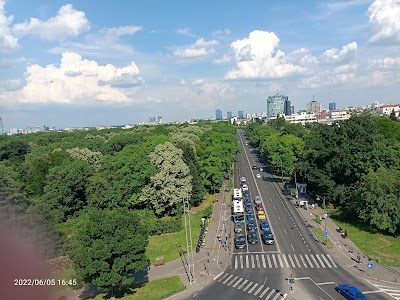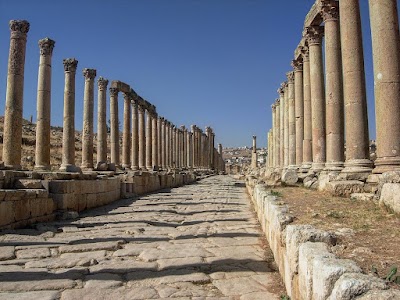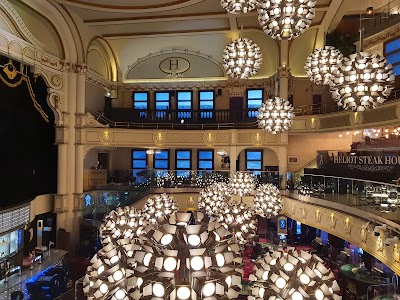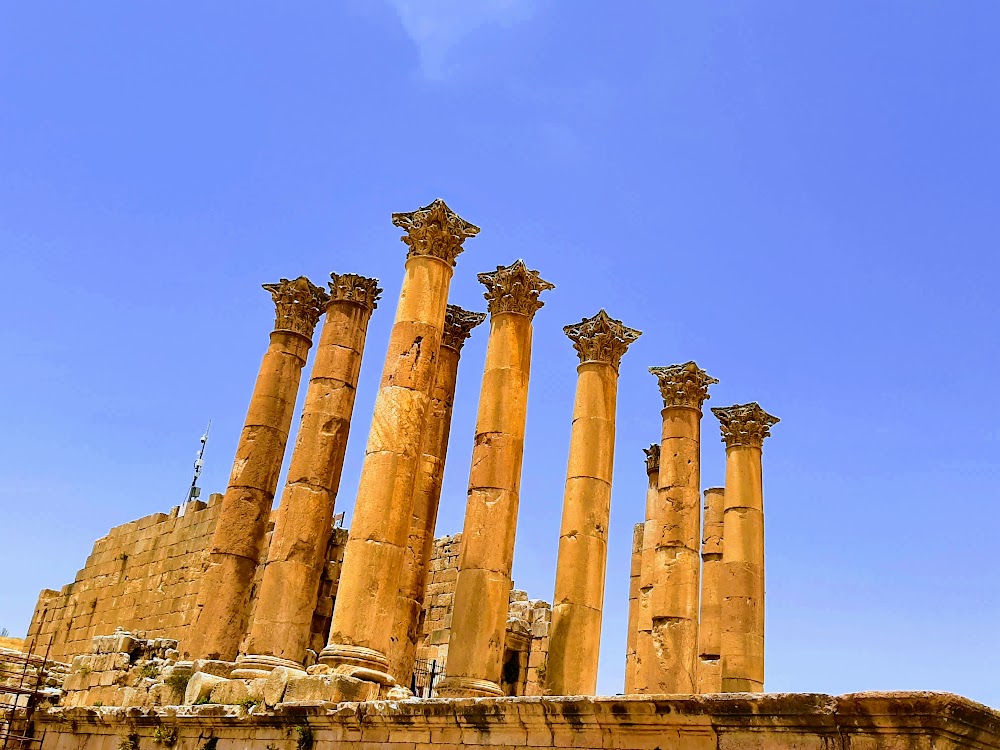The Triumphal Arch (قوس النصر)
Overview
The Triumphal Arch in Jerash, Jordan, commonly known as Hadrian's Arch, is a breathtaking monument that marks the entrance to one of the most well-preserved Roman provincial towns in the world. Constructed to honor Emperor Hadrian's visit to Jerash (then known as Gerasa) in 129-130 AD, this grand gateway symbolizes the city's prestige and prosperity during its golden era under Roman rule.
Archaeological Marvel of Jerash
The city of Jerash is often referred to as the 'Pompeii of the East' due to its extraordinary state of preservation. Walking through Hadrian's Arch is not just crossing a threshold into an ancient city; it is entering a vibrant tapestry of historical significance. The arch, originally intended to be taller—as indicated by its unfinished top—still exudes an undeniable grandeur and elegance. Designed with three arched gateways, it showcases the Romans' architectural prowess and their talent for monumental structures.
Imposing Architecture
As you approach Hadrian's Arch, its impressive scale and intricate design immediately capture your attention. Constructed from finely cut limestone blocks, the arch is adorned with detailed reliefs and inscriptions in Latin that celebrate Emperor Hadrian's visit, underscoring the city's importance within the Roman Empire. The central archway, the largest of the three, was intended for vehicular traffic, while the two smaller arches served pedestrian access, reflecting the organized urban planning characteristic of Roman cities.
Cultural Significance
The significance of Hadrian's Arch extends beyond its architectural beauty. It stands as a poignant reminder of the cultural and political achievements of the Roman Empire. More than just a gateway, it symbolizes the empire's power and commemorates Hadrian's reign, which emphasized consolidation and cultural integration rather than expansion. Known for his admiration of Greek culture and his travels throughout the empire, Hadrian's visit to Gerasa highlighted the city's prominence and its essential role in the Roman economic system, especially given its strategic location along vital trade routes.
Exploring Ancient Jerash
Upon passing through the arch, visitors are greeted by a landscape adorned with colonnaded streets, theaters, temples, and public plazas. This exceptionally preserved archaeological site showcases a blend of Greco-Roman and Eastern architectural styles, reflecting the rich multicultural heritage of the city. The Cardo Maximus, a grand column-lined street, guides visitors through the heart of the ancient city, offering a glimpse into daily life during the Roman era.
Enduring Legacy
One of the most remarkable aspects of Hadrian's Arch is its enduring legacy, having survived centuries of natural and human-induced challenges. The devastating earthquake of 749 AD left its mark on Jerash, yet Hadrian's Arch, despite some damage, remained standing. This resilience speaks volumes about the engineering ingenuity and robust construction techniques employed by Roman architects.
Modern Cultural Heritage
Today, Hadrian's Arch is not merely an archaeological relic but a vital part of Jordan's cultural heritage and a significant attraction for tourists worldwide. It plays an essential role in educational and cultural tourism, offering invaluable insights into the ancient Roman world. Visitors are often captivated by the sheer size and craftsmanship of the arch, making it a popular subject for photography and artistic inspiration.
In conclusion, Hadrian's Arch in Jerash is much more than a relic of the past; it serves as a gateway to understanding the grandeur of Roman architecture and the historical significance of an ancient city that once thrived at the crossroads of civilizations. For tourists, visiting this monumental arch offers a deeply enriching experience, blending historical exploration with the awe of witnessing a marvel of ancient engineering. Whether you are a history buff, an archaeology enthusiast, or simply a curious traveler, Hadrian's Arch provides a compelling glimpse into the past that continues to resonate in the present.
So, the next time you find yourself in Jordan, make sure to step beneath the towering arches of Hadrian’s Arch and embark on a captivating journey through time.


